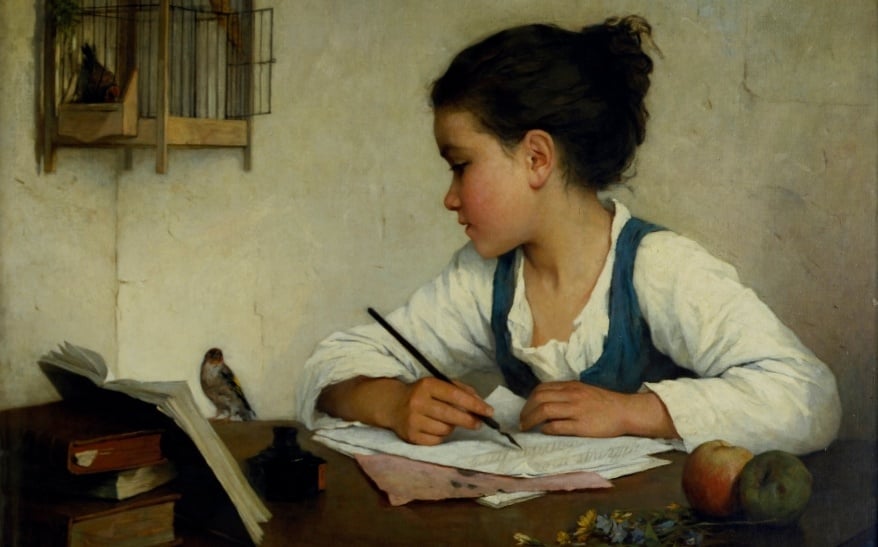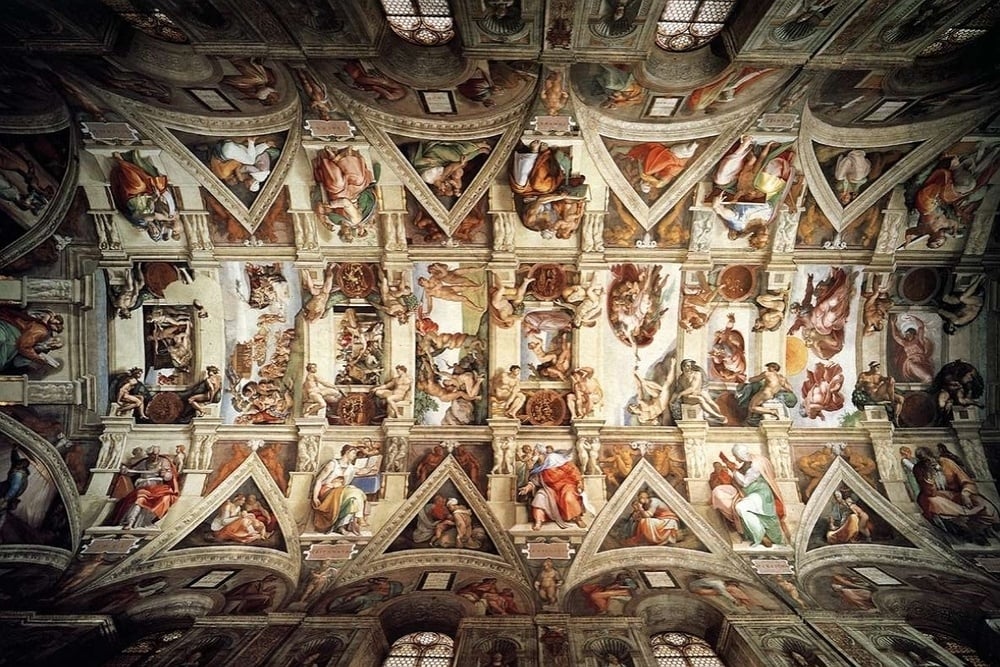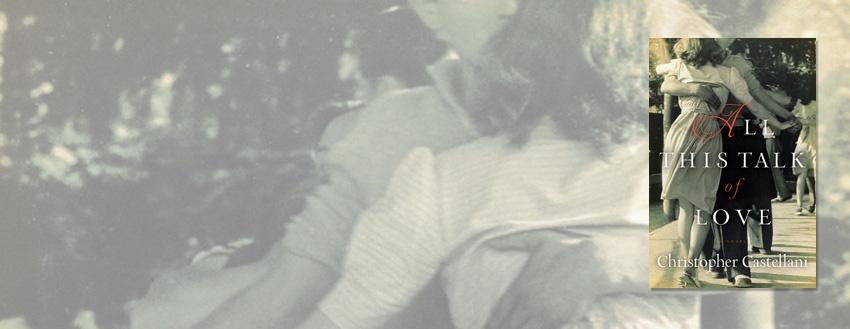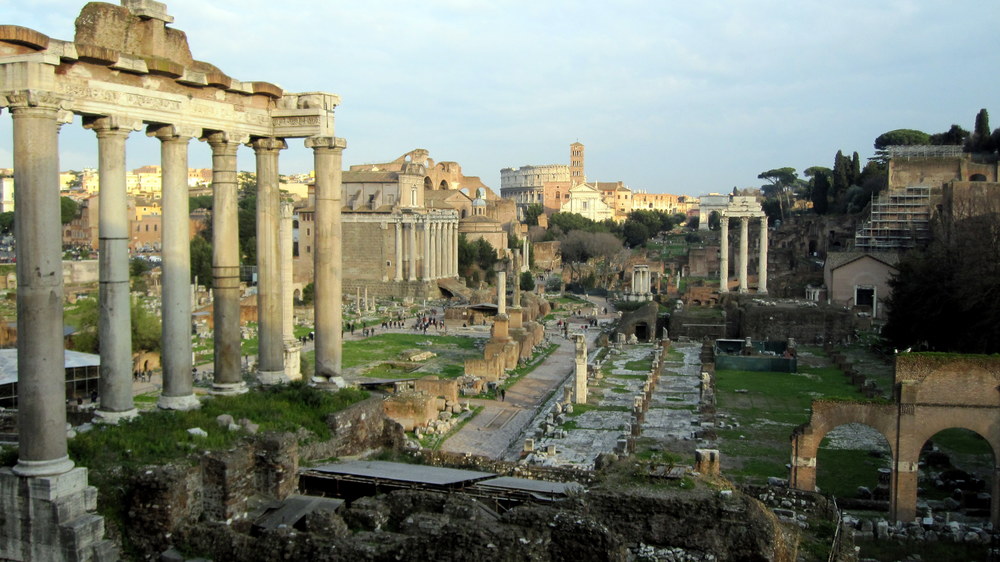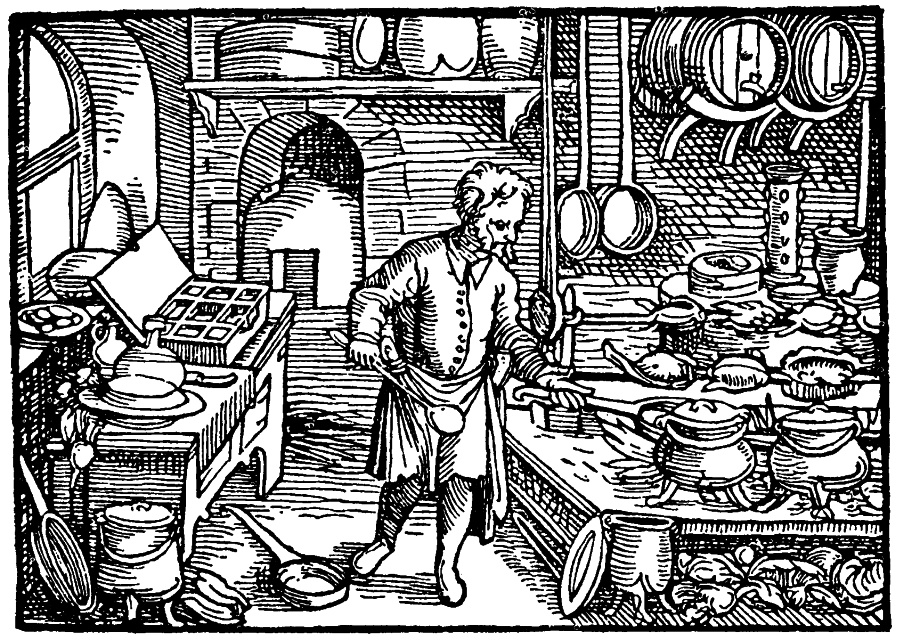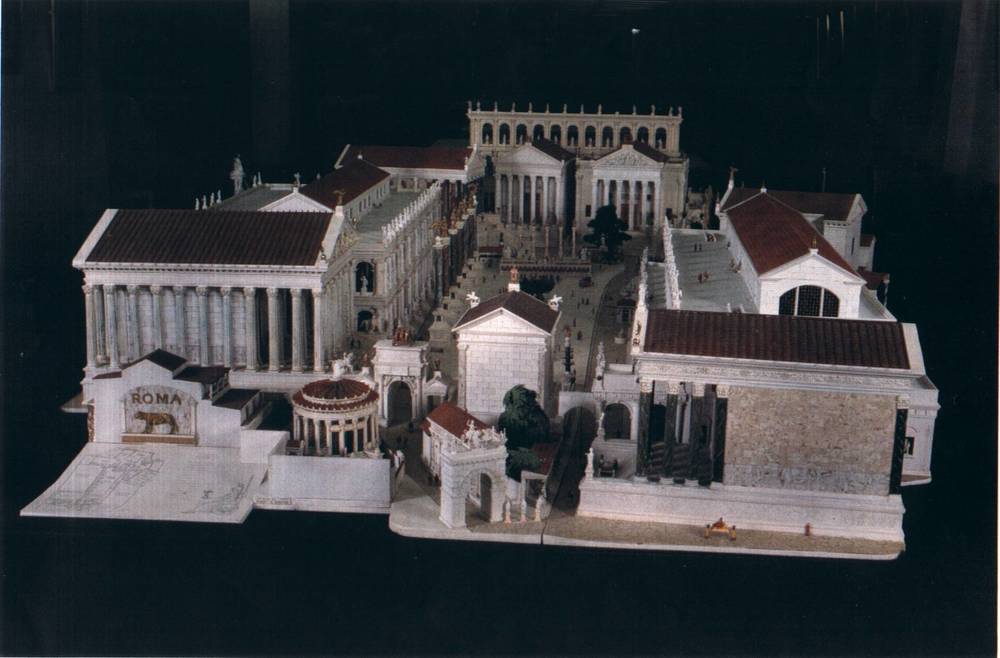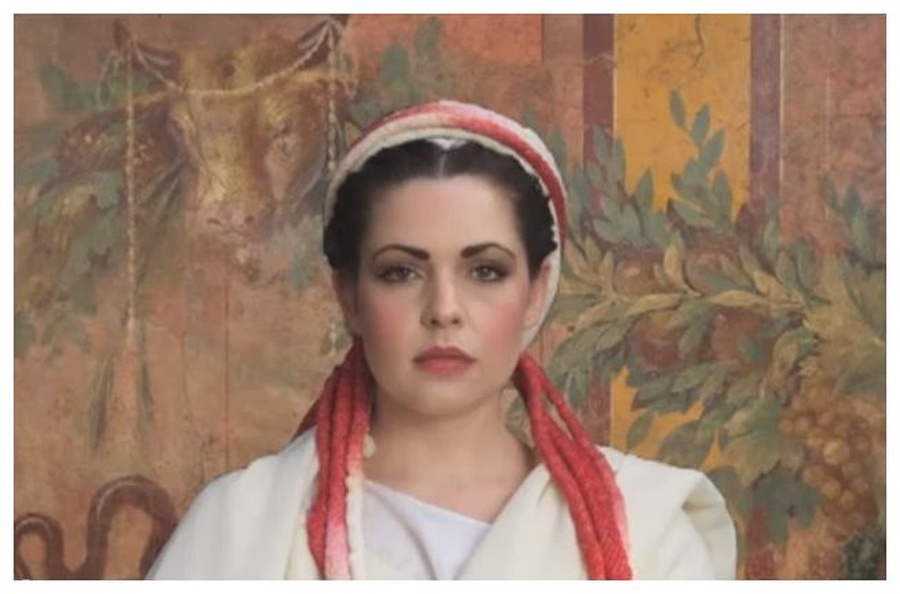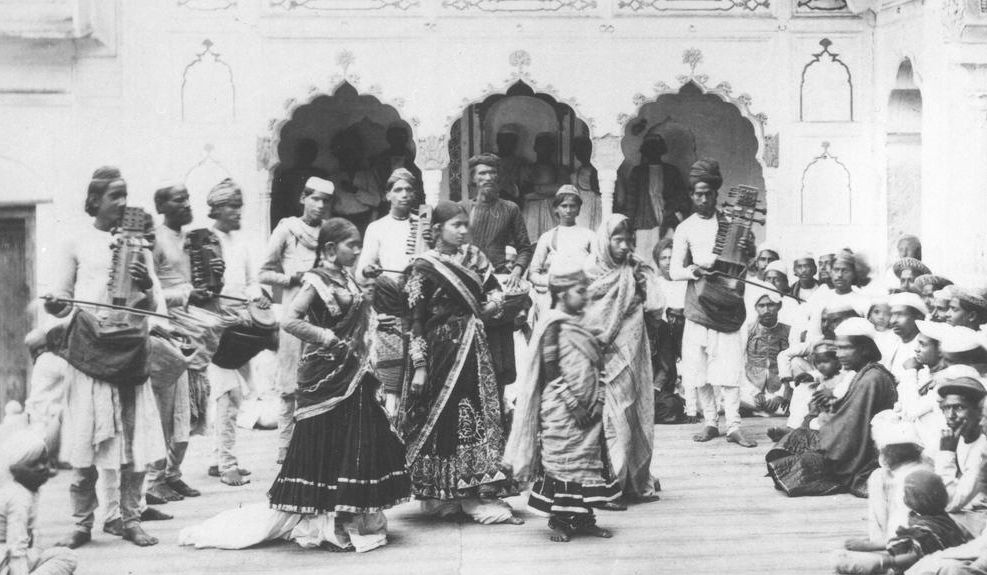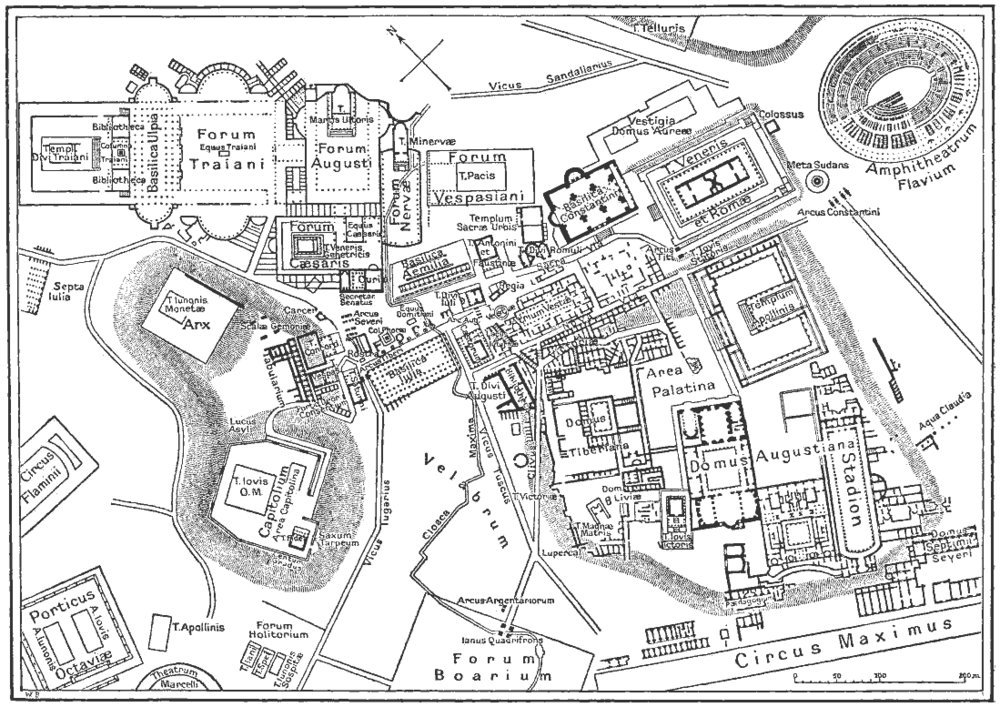For the last four (nearly five?) years or so I've been meeting with my writing group, not quite like clockwork, but about every two weeks. The three of us have hacked and slashed and encouraged each other's novels from start to finish, and gone through query letters, agent pitches and publishing challenges during that time. And of course, best of all, we have become close and dear friends as part of the process, bolstering spirits as we deal with family, illness, relationships, weddings, work woes and the ilk. I will know Anjali and Jen until I'm quite old and wizened, I am convinced.
Awhile back I thought I read that Ursula K. LeGuin has been in a writing group for many many years (if I'm remembering right she talks about this in Steering the Craft). At the time I remembering thinking, wow, someone as accomplished as she is still meets with others to go over her work?! I was impressed, but at the time, I didn't really understand the power of having ongoing encouragement that comes from being part of a small group that truly cares about your work. It's invaluable. Because of my writing group I don't get lazy. I moved immediately from finished to researching my next book. I feel compelled to move on the next chapter. I get excited to turn in work for feedback. I get lost in the worlds of their books. In short, because of this group I am on the continuous hamster wheel of writing creativity and as those of you know, if you fall off, it's a massive PITA to jump back on.




